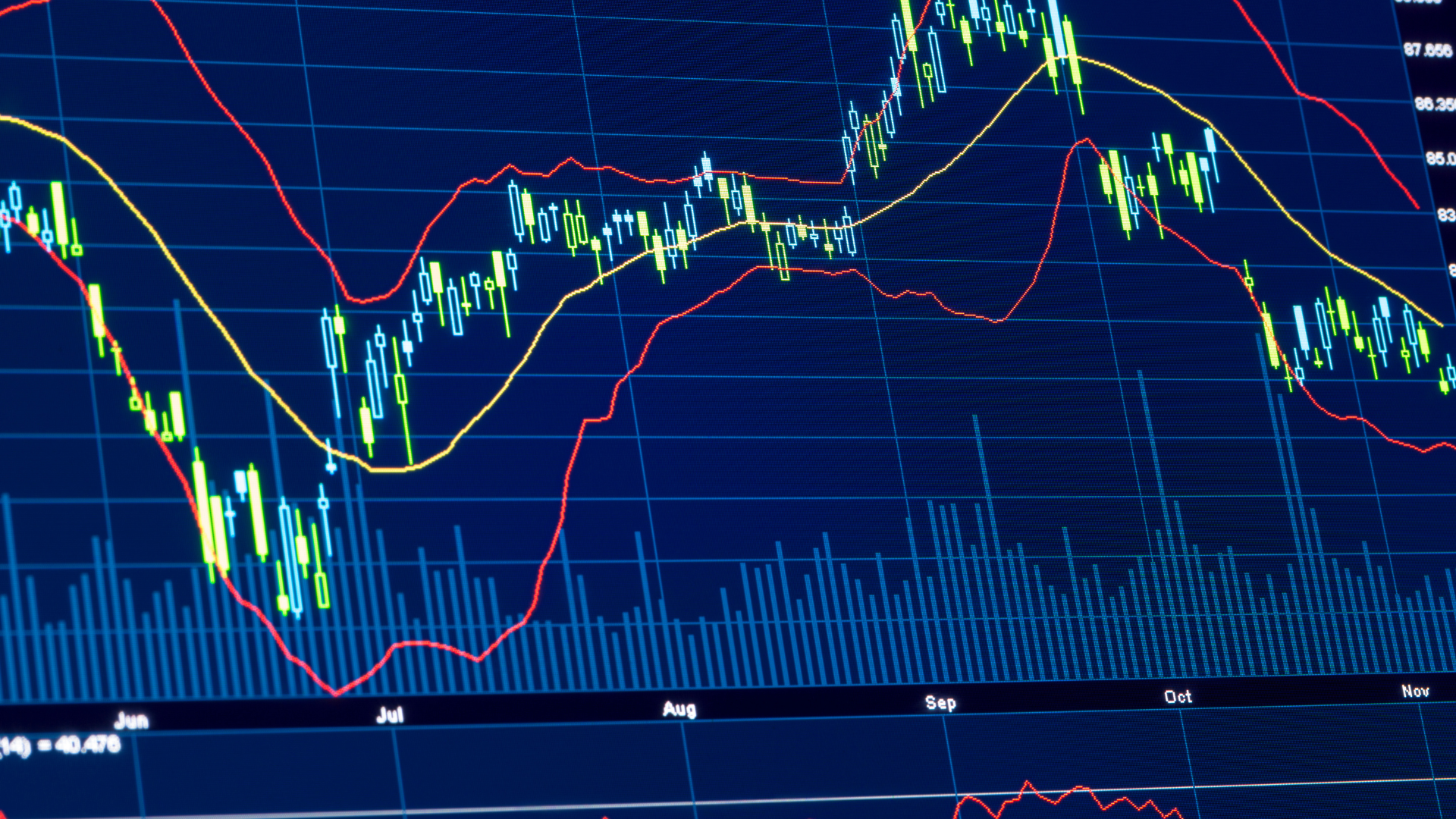When you hear someone talk about the stock market, they don’t usually tell you what they are talking about. They often talk about what’s happening or where the stock is heading, and that’s about it. Many people don’t even know what a store is or what it does.
These days, following the market, can be a full-time job. This is because the needs are constantly changing. Every day the markets are open; new data points and new information can affect the stock price. This means that the stock market can change rapidly, and it is easy to get caught off guard. However, even though the market is volatile, some basic rules can help you see the bigger picture. These rules are often based on the (pardon the pun) fundamentals of how a stock market works.
The stock market can seem complex, making it daunting for many to understand its workings. However, informative blogs, like this Finance Blog 7MoneyMinutes, tend to provide valuable insights that simplify concepts and help individuals grasp the intricacies of the stock market. These resources offer guidance on understanding stock market operations and how to interpret charts, empowering individuals to steer this financial landscape with confidence.
Charts help you see the overall trend of a stock and help you see how it has been performing over time. Plus, the information you get from a chart can often be a lot more helpful than a standard stock quote. The other side of a stock chart can be based on different sources, such as the last earnings report, technical indicators, and even the news.
Basic stock chart terms to know
You should know specific terms to help you understand what you are looking for and what you need to look out for when investing in the stock market. You will hear these terms in the news and read them in financial magazines and newspapers all the time. These terms are essential as they give you a better understanding of the stock you are looking at.
- Open, high, low, and previous close – The stock market is the biggest trendsetter of all time. Companies raise money to start new ventures and expand their business. The stock market can also predict the future, which is why many people are interested in keeping a close eye on the financial markets. However, it can be hard to understand the technical terms and jargon in the stock market.
- Market cap – Before diving into the stock charts, we must first understand the basic terms associated with them. One of the most important terms is market cap. Market cap is the total value of all the stock in a particular company. For example, this take two market cap graph shows the value of the stock for Take-Two Interactive, along with its market forecast. The market cap of a specific stock like this is usually calculated by multiplying the number of outstanding shares of the stock by the price of the stock.
- PE ratio – Share price-to-earnings ratios (or P/E ratios) are generally the best metric for evaluating an investment’s expected return. Investors often call P/E ratios one of the key indicators of a company’s financial health. In most cases, a lower price-to-earnings ratio means that a stock is undervalued, and thus, a good investment.
- Dividend yield – All investing requires some technical knowledge, and understanding the basic terms used by stock charts is important. Dividend yield describes the annual dividend paid to shareholders, expressed as a percentage of the shares outstanding. Understanding the yield of a stock can help deepen an investor’s understanding of the company and its business model.
- 52-wk high and low – Basic stock chart terms to know: 52-wk high and low. When you look at a stock chart, the first thing you’ll notice is how different it is from the typical graph. Most stock charts are based on a logarithmic charting method. The vertical axis represents the number of points in a range (i.e., how many points are above and below the value), and the horizontal axis is the date.
Perhaps there is nothing more important to investing than understanding how the stock market works. Understanding basic terms used in charts is a good place to start.



